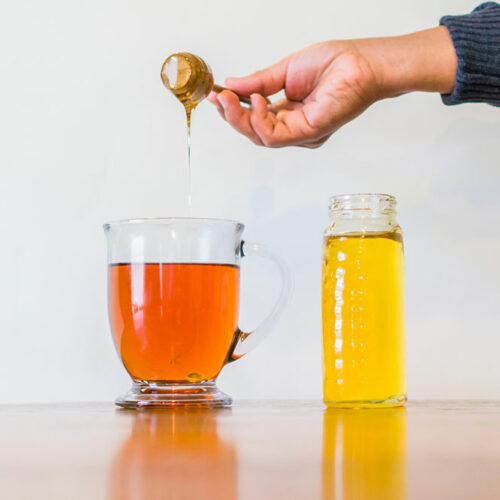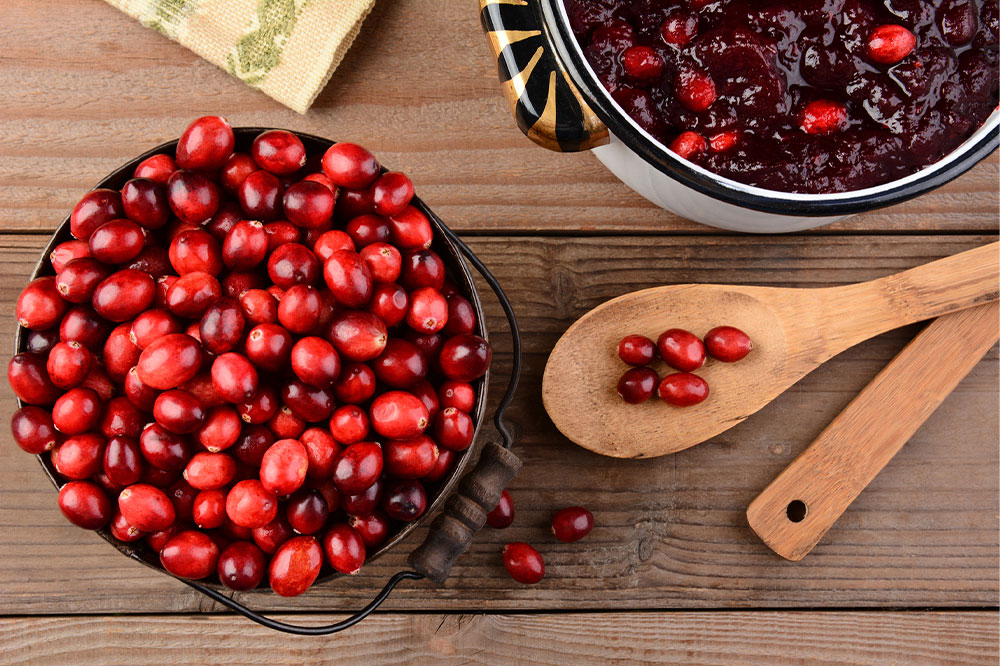6 simple tips to quit sugar

Some people need sweets/deserts to complete a meal. This might have adverse effects on the body. Avoiding or switching to a completely sugar-free diet is beneficial for physical and mental well-being. If you are one of those who have sweet cravings and have been on the fence to quit sugar, take a look at these easy-to-implement tips for help. This will surely help you make sustainable food choices to maintain a healthy life. Get rid of all treats from your house Hoarding sugary treats and keeping them in accessible places in the house is a mistake most people make. Doing so makes their sweet cravings even stronger, compelling them to have the sweets more often. Restricting yourself from filling up those kitchen/pantry shelves with unhealthy packaged sweet treats is one step closer to quitting sugar. Keep a close eye on those snack bars Manufacturers sell snack bars as an easy, convenient option that keeps one feeling full for a longer period of time. But the additives and preservatives that these bars are loaded with are high in sugar or sodium, making them an unhealthy option. Focus on cooking healthy sweets at home and having fruits for snacks. Choose peanut butter without sugar Peanut butter, chocolate, or dried fruit bars, come packed with tons of refined sugar.






